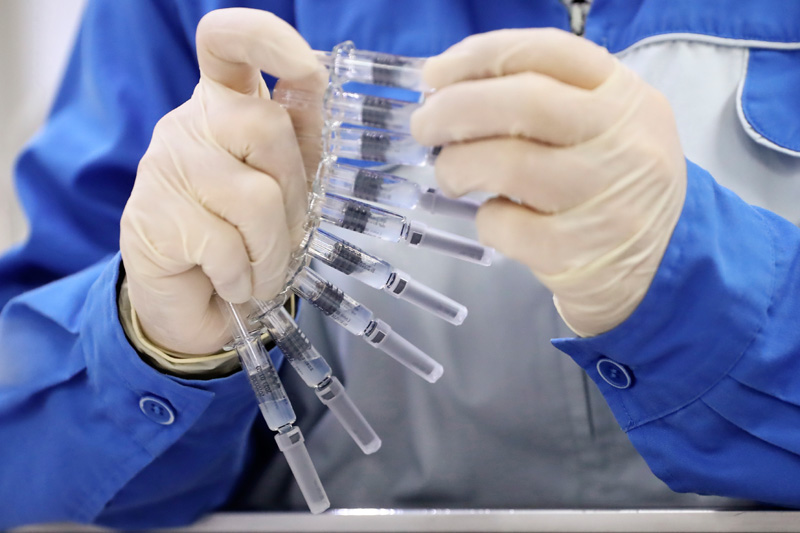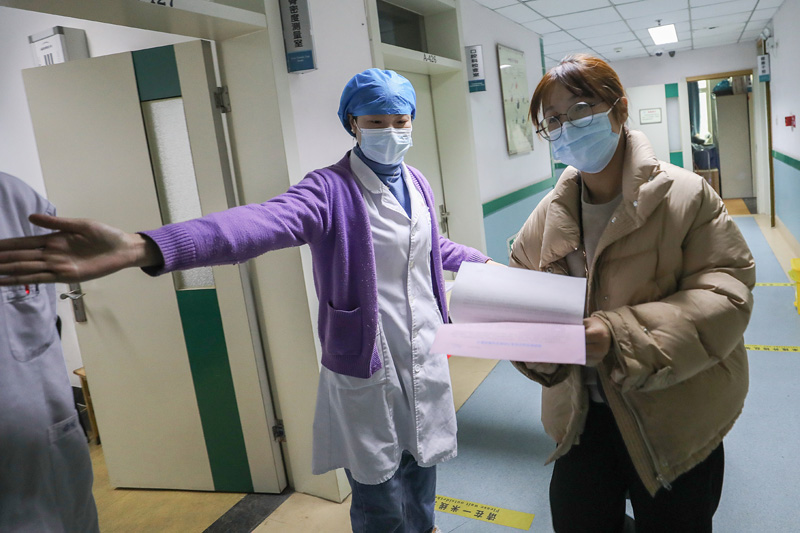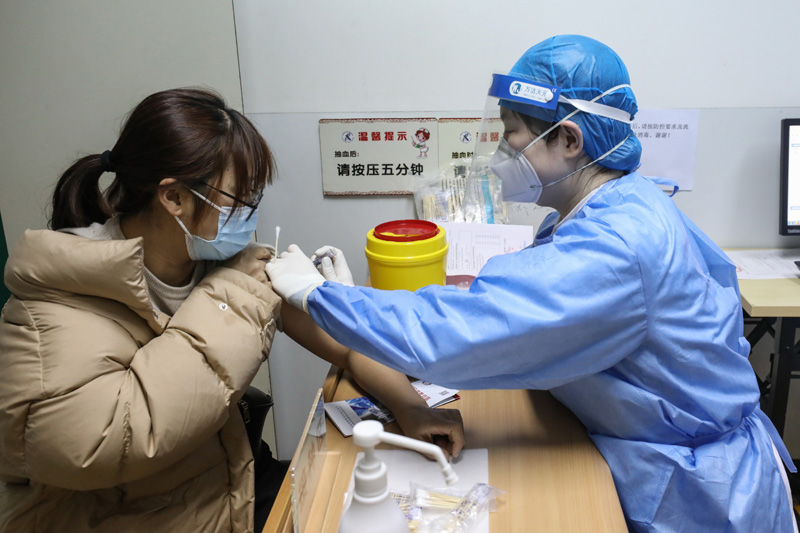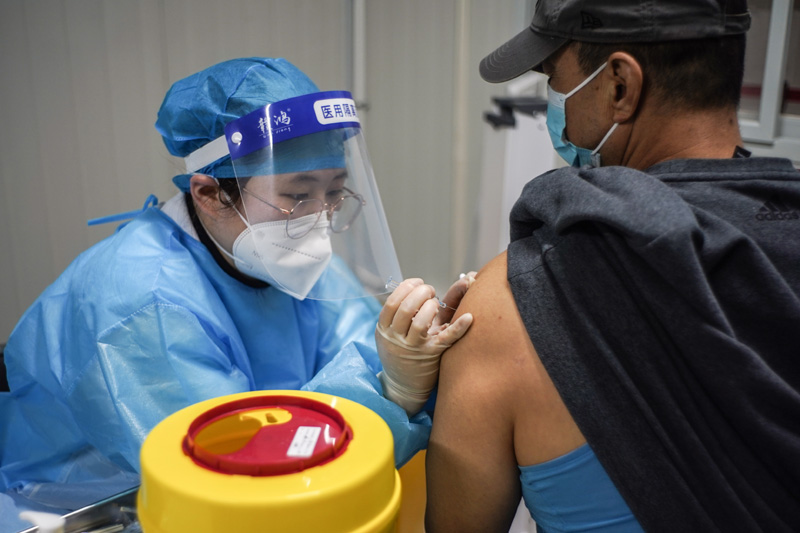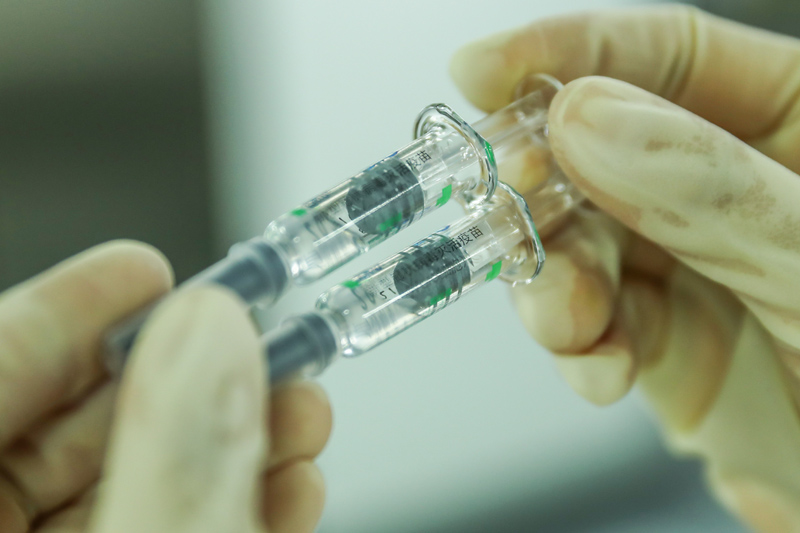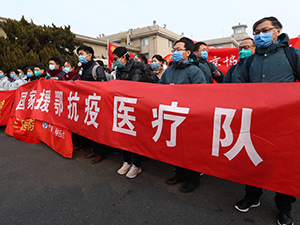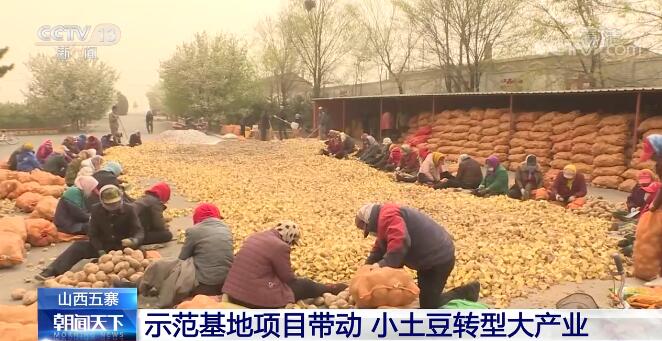After last year’s uncompleted residential flats, more and more cities in China have recently piloted the sale of existing homes, and the once-impossible sales model of existing homes is becoming a reality little by little.
Since the second half of last year, a large number of uncompleted residential flats have been caused by the break of the developer’s capital chain, which has brought unstable factors to the real estate market and even the whole society. Under this background, the discussion on whether to cancel the pre-sale system of commercial housing and implement existing home sales has begun to heat up rapidly.Under the pressure of the unfinished storm, many cities have started to pilot existing home sales this year.
Stills of Ode to Joy
According to incomplete statistics, including Henan, Shandong, Sichuan, Anhui, etc., they have clearly stated that they will implement existing home sales.For example, Henan Province proposed to "take Zhengzhou and Kaifeng as pilots and actively explore the reform of the pre-sale system and the sale of existing homes"; Shandong Province also said that "it is necessary to gradually raise the pre-sale threshold, encourage qualified places to try first and carry out pilot sales of existing homes." Beijing has also begun to explore the mode of existing home sales. Since last year, Beijing has tried to introduce existing home sales in the land transfer link. After the land auction touched the land price ceiling, it began to bid for existing home sales.
It can be predicted that as more and more cities begin to implement the pilot sales of existing homes, more existing homes will be put into the market in the future, and the era of auction dominating the world will be broken.In the era when auction dominated the market in the past, most buyers could only look at the sand table and photos of developers, and then took out millions of yuan of down payment and mortgage to buy a house. How about the quality of the house in the future, or even whether they can receive the house, they can only resign themselves to fate. But with more and more existing homes entering the market in the future, buyers will have more choices.For the biggest transaction in life, you can at least see the real thing before making a decision. From the perspective of protecting consumers’ rights and interests, this is undoubtedly a great progress.
Stills of Beijing Youth
China implemented the pre-sale system of commercial housing about 30 years ago. At that time, in order to speed up housing construction, Hong Kong’s "selling uncompleted flats" model was introduced, allowing developers to "sell the houses under construction to the purchasers in advance". The pre-sale system is equivalent to allowing developers to incite housing construction with extremely high capital leverage. From a positive perspective, it has played a great role in solving the shortage of housing supply in China. However, the disadvantages are also obvious. The most common thing is that the quality of real estate is cut corners and fails to meet the promised and expected standards, which has caused many disputes.More seriously, after some developers’ funds broke, uncompleted residential flats began to appear.
With the extreme shortage of housing in China has passed, and the disadvantages of the pre-sale system are getting bigger and bigger, there are more and more discussions about whether to cancel the pre-sale system.As early as 2005, the central bank once put forward in a report, "consider canceling the housing pre-sale system."Many market risks and transaction problems stem from the pre-sale system of commercial housing and new houses. At present, well-run real estate developers have accumulated some strength, so they can consider canceling the current pre-sale system and changing the auction sales to existing home sales. "
The Ministry of Construction responded that the country would not cancel the pre-sale system of commercial housing in the near future, on the grounds that "from the practice of more than 10 years, this system is suitable for China’s national conditions and cannot be cancelled at present. Many countries and regions in the world have similar systems. At present, it is necessary to further improve the pre-sale supervision measures and effectively strengthen supervision to safeguard the legitimate rights and interests of the parties. "In the end, the opinions of the Ministry of Construction dominated the policy trend, and the pre-sale system of commercial housing continued for nearly 20 years.
Stills of "Breast"
However, after entering 2022, due to the cooling of the domestic real estate market and the broken capital chain of developers, the most serious unfinished storm occurred in the domestic property market in the past few decades, and the dispute over the pre-sale system of commercial housing surfaced again.This time, even the Ministry of Construction, which supported the pre-sale system, began to change its tone.On January 17th this year, the National Conference on Housing and Urban-Rural Construction was held in Beijing, which clearly stated that "existing houses can be sold if conditions permit, and if the pre-sale is continued, the responsibility of fund supervision must be put in place to prevent the funds from escaping, and there can be no new risk of property handover".
This means that for the pre-sale system of commercial housing, the situation that the opinions of the central bank and the Ministry of Housing and Urban-Rural Development were completely opposite has disappeared, and it has been replaced by a relatively compromise plan.There is no one-step cancellation of the pre-sale system, and at the same time, it allows qualified cities to start implementing existing home sales, which is equivalent to the dual-track parallel of pre-sale and existing home sales.
Then, who will become the mainstream of the two modes of pre-sale and existing home sales in the future? Is it possible that existing home sales will completely replace the pre-sale model?On the one hand, it depends on the choice of consumers, and more importantly, it depends on which model the policy is inclined to.
Stills of "Everything is Fine"
From the consumer’s point of view, most people definitely want to sell existing homes.For ordinary people, it is the normal state of daily transactions to pay with one hand and deliver with one hand, but it is obviously counterintuitive to buy a house, the biggest transaction in life, but not to trade in kind.The model of pre-sale of commercial housing supports the interests of developers to the greatest extent, and transfers most of the risks to ordinary buyers.If two modes of pre-sale and existing homes are implemented in the market in the future, under the same conditions, consumers will definitely give priority to visible existing homes.In this context, existing home sales will gradually squeeze the market space of pre-sale houses and eventually become the mainstream of the market.
However, the suspense lies in whether there will be enough existing houses in the market in the future, enough for consumers to fully choose? If there are only a few pilot existing houses in the market, there will be no substantial threat to the existing pre-sale system, and the leading position of the pre-sale system of commercial housing will not decline.
Therefore, the extent to which the existing home sales model can develop ultimately depends on the support from the policy level. How strong is the determination of the regulatory authorities to change the pre-sale system?
Stills of "settling down"
At present, the biggest domestic support for existing home sales is Hainan.As a region that experienced a serious unfinished storm that year, Hainan is the most determined to abolish the pre-sale system, and the pace of reform is also at the forefront in China.In 2020, Hainan Province requires that all the commercial houses newly built with land be sold under the existing home sales system. After three years, the proportion of existing home sales in Hainan has increased rapidly. Three years ago, the proportion of existing home sales in Hainan was about 20%, and now it has reached 40%.With the completion and sale of existing homes before the new regulations, theoretically, all existing homes will be sold in Hainan’s future real estate market.
Judging from Hainan’s model, it is actually completely feasible to implement existing home sales in China, and it is not inconceivable to completely abolish the pre-sale system.In the past 30 years, in order to support the development of real estate, the policies were more inclined to developers, which eventually led to higher and higher leverage of developers, which not only caused a large number of property buyers to fall into the mire of unfinished business, but also brought great risks to China’s financial system.The change from the pre-sale system to the sale of existing homes is not only to protect the interests of ordinary people, but also to properly restrain the soaring real estate and provide more security protection for China finance and even China economy.
Typesetting:Feifei/Audit: Same.
